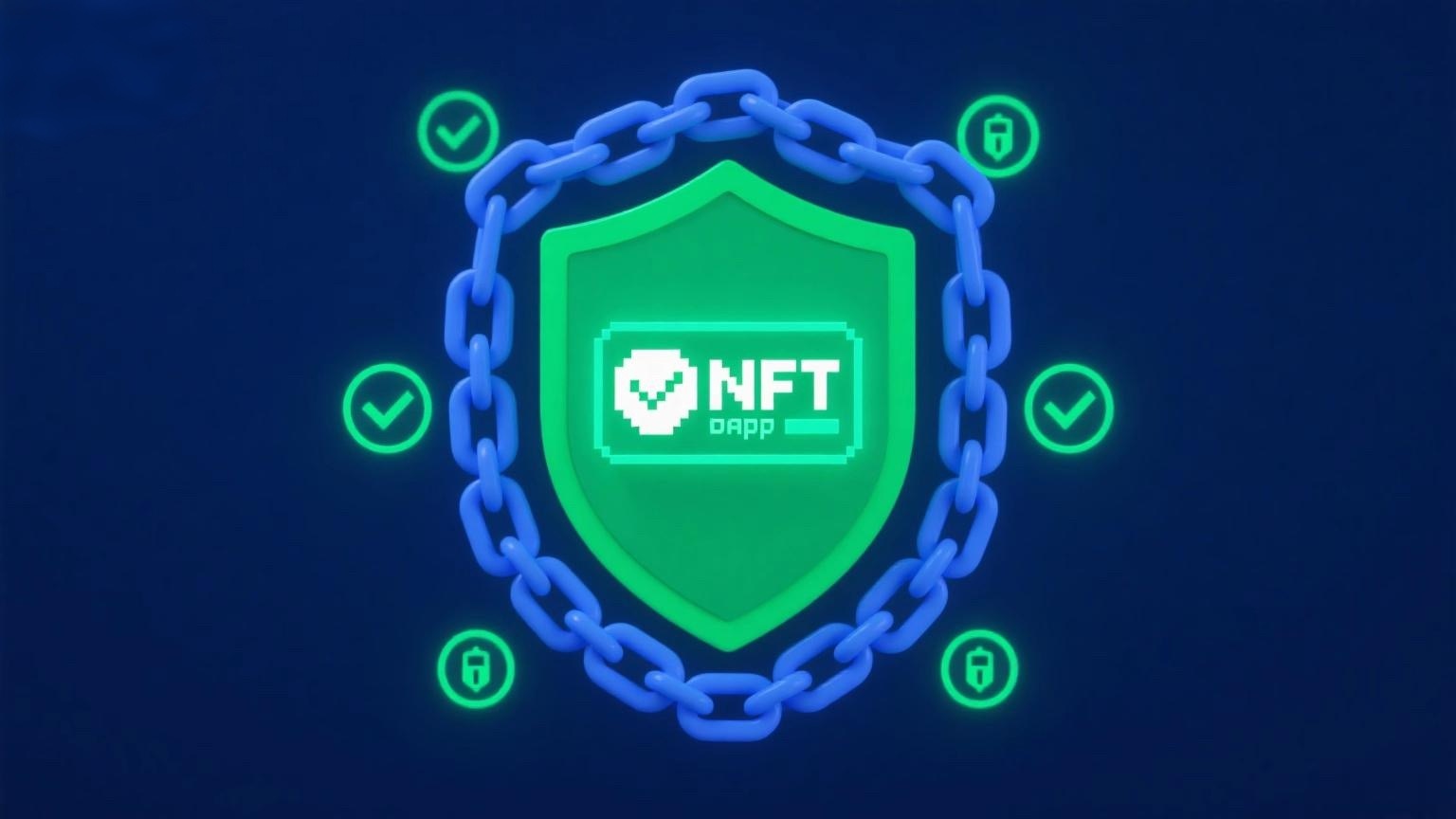
The synergy between NFTs and DApps creates a dynamic ecosystem where digital ownership, decentralized finance, and programmable assets converge to deliver innovative solutions across various industries.
Decentralized applications (DApps) and non-fungible tokens (NFTs) are two critical components of the blockchain and cryptocurrency ecosystem. Although they serve different functions, they often align and enhance one another in many scenarios.
For instance, NFTs can be used within DApps to represent ownership or access rights to both physical and digital assets. DApps can leverage NFT standards like ERC-721 or ERC-1155 to tokenize unique goods such as in-game assets, digital art, or real estate.
NFTs are frequently employed to represent in-game assets within gaming DApps. These assets can be traded and purchased on secondary markets, reinforcing the concept of true ownership and interoperability across many virtual worlds or games.
Moreover, with the rise of NFTs, DApps dedicated to creating, managing, and trading digital assets have gained popularity. Tokenizing their creations enables artists and content creators to produce unique digital assets that consumers can buy, sell, and own. This opens new opportunities for creators to engage directly with their audiences while providing collectors with a secure and verifiable method to acquire ownership of digital assets.
The programmable nature of smart contracts further strengthens the integration between DApps and NFTs. DApps can utilize smart contracts to automate various NFT-related tasks, including content licensing, royalty distribution, and even the implementation of dynamic features within the NFTs themselves. The enhanced programmability of NFTs within decentralized applications boosts their utility and functionality.
















